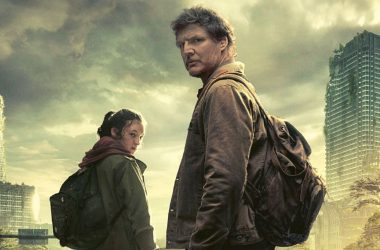The Mandalorian, the first live-action series set in the Star Wars universe, has captured the hearts of both long-time fans and newcomers alike. The show has been lauded for its storytelling, character development, and immersive world-building. However, one aspect that deserves equal praise is its innovative cinematography and lighting, which have played a crucial role in setting the tone and atmosphere of the series. Here, we will dive into the visual techniques employed in The Mandalorian, highlighting its unique approach to lighting and cinematography that sets it apart from other contemporary productions.
Cinematography: A Blend of Classic and Cutting-Edge Techniques
Practical and Digital Sets
The Mandalorian expertly combines practical sets and digital technology to create an immersive and authentic universe. The use of practical sets, such as location shooting in deserts and rocky terrains, evokes the classic aesthetic of the original Star Wars trilogy. Meanwhile, the cutting-edge digital technology utilized for set extensions and backgrounds ensures seamless integration between the real and the digital.
The Volume
The most groundbreaking aspect of The Mandalorian’s cinematography is “The Volume,” an innovative LED stage that revolutionizes the way scenes are shot. The Volume comprises a massive, circular LED screen that surrounds the set, displaying photorealistic, 3D environments in real-time. This allows for interactive lighting, a more natural integration of actors and digital elements, and significantly reduced post-production time.
ADVERTISEMENT
Camera Movement and Composition
The Mandalorian takes a more grounded and intimate approach to camera movement and composition compared to the grandiose, sweeping shots of other Star Wars films. This choice serves to focus on the emotional journey of the characters, drawing the audience into their world. The series often employs fluid camera movements and handheld shots, creating a sense of realism and immediacy.
Lighting: Setting the Tone and Atmosphere
Natural and Interactive Lighting
The Volume plays a significant role in the show’s lighting design, allowing for natural and interactive lighting that responds to the actors and environment. This technique helps the show achieve a level of realism rarely seen on television. The interactive lighting enhances the scenes’ depth and texture, adding to the overall visual impact.
High Contrast and Silhouette Lighting
The Mandalorian frequently utilizes high contrast and silhouette lighting to create visually striking and dramatic moments. This style pays homage to classic Western and Samurai films, which have heavily influenced the series’ tone and structure. The use of chiaroscuro (the contrast between light and shadow) emphasizes the characters’ emotional struggles and adds depth to the narrative.
ADVERTISEMENT
Color Grading
The color grading in The Mandalorian is carefully crafted to evoke a specific mood or atmosphere in each scene. The series employs a more muted color palette, with subdued tones and desaturated colors, emphasizing the gritty, lived-in feel of the Star Wars universe. However, the show occasionally uses vibrant colors, such as the distinctive orange glow of a Mandalorian forge or the neon lights of a cityscape, to create a visually stunning contrast.
Conclusion
The Mandalorian’s innovative approach to cinematography and lighting has made it a visual masterpiece, pushing the boundaries of what is possible in television production. The seamless blend of practical and digital sets, the groundbreaking use of The Volume, and the carefully crafted lighting design come together to create a unique and immersive experience for the audience. As the series continues to captivate fans around the world, it is clear that The Mandalorian’s visual achievements will leave a lasting impact on the future of filmmaking.
ADVERTISEMENT








